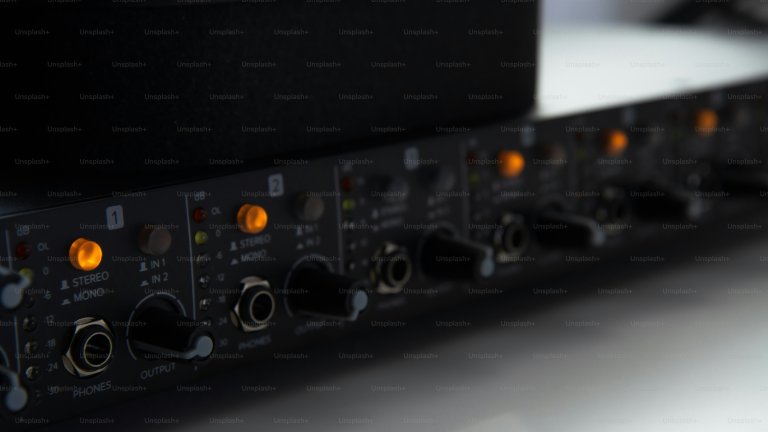More Power With Bridged Amplifiers
When it comes to amplifiers, there are several types available in the market. One of the most popular ones is the bridged amplifier. This type of amplifier has gained popularity in recent years due to its ability to provide more power than traditional amplifiers. In this article, we will dive into the world of bridged amplifiers and understand how they work and why they are a preferred choice for many audio enthusiasts.
What is a Bridged Amplifier?
A bridged amplifier, also known as a bridging or bridge-tied amplifier, is a type of amplifier that combines two amplifier circuits together to produce higher power output. The two amplifier circuits are connected in a configuration that allows them to work together, with one amplifier receiving the positive signal while the other receives the negative signal. The output of the two amplifiers is then combined, resulting in a higher voltage and current output, providing more power to the speakers.
How Do Bridged Amplifiers Work?
To understand how bridged amplifiers work, let’s first take a look at how a traditional amplifier operates. In a traditional amplifier, the output of the amplifier is limited by the power supply voltage and the resistance of the speakers. The power supply voltage determines the maximum voltage that the amplifier can produce, while the speaker resistance determines the maximum current that can flow through the speakers.
In a bridged amplifier, the two amplifier circuits are connected in a way that the output voltage and current are doubled. This is achieved by connecting the positive output from one amplifier to the positive speaker terminal, and the negative output from the other amplifier to the negative speaker terminal. This results in a voltage and current that is double that of a single amplifier, providing more power to the speakers.
Advantages of Using Bridged Amplifiers
There are several advantages of using bridged amplifiers, which has made them a popular choice among audio enthusiasts. Let’s take a look at some of these advantages.
Increased Power Output
As mentioned earlier, the main advantage of using bridged amplifiers is the increased power output. By combining the output of two amplifier circuits, the voltage and current are doubled, resulting in more power being delivered to the speakers. This is especially useful when driving low-impedance speakers, as bridged amplifiers are better equipped to handle the higher current demands of these speakers.
Better Sound Quality
Bridged amplifiers also offer better sound quality compared to traditional amplifiers. This is because bridged amplifiers have lower output impedance, resulting in improved damping factor. This means that the amplifier can better control the movement of the speaker cone, resulting in tighter and more accurate bass response.
Efficient Power Utilization
Another advantage of bridged amplifiers is that they utilize the power supply more efficiently. In traditional amplifiers, the power supply voltage is divided between the positive and negative halves of the audio signal. In bridged amplifiers, the power supply voltage is used to amplify both halves of the audio signal, resulting in better utilization of the power supply.
Things to Consider When Using Bridged Amplifiers
While bridged amplifiers offer many advantages, there are a few things to consider when using them.
Speaker Impedance
One of the most important things to consider when using bridged amplifiers is the speaker impedance. Bridged amplifiers are better suited for low-impedance speakers, as they can handle higher current demands without overheating. It is important to check the specifications of your amplifier and speakers to ensure compatibility.
Power Supply Voltage
Another factor to consider is the power supply voltage. The power supply voltage should be sufficient to accommodate the increased power demands of the bridged amplifier. For example, if the power supply voltage of a single amplifier is 12V, you will need a power supply of at least 24V to run the same amplifier in bridged mode.
Amplifier Overheating
Bridged amplifiers can generate a lot of heat due to their increased power output. It is important to ensure that the amplifier is well-ventilated and has proper heat dissipation. Using a fan or ensuring proper air circulation around the amplifier can prevent overheating.
Conclusion
Bridged amplifiers offer a practical solution for those looking for more power and improved sound quality. By combining two amplifier circuits, they deliver more power to the speakers, resulting in better performance. When using bridged amplifiers, it is important to consider factors like speaker impedance, power supply voltage, and heat dissipation to ensure optimal performance. With the right setup and configuration, bridged amplifiers can take your audio experience to the next level.


